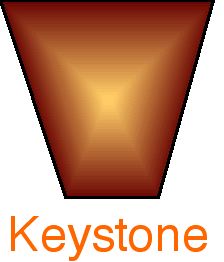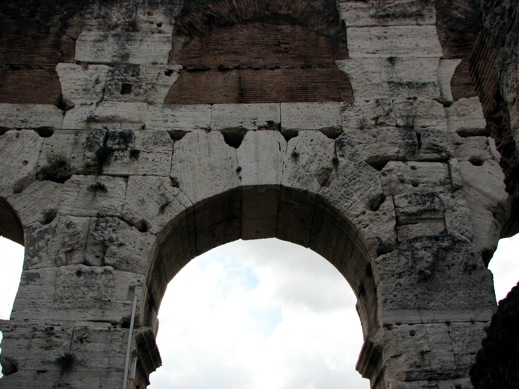Physical Quality of Life Index Map (PQL)
WHAT IS THE PQL Index ?
The Physical Quality of Life Index or PQLI for short, informs us about people in nations around the world with respect to the changing distribution of social benefits among countries, between the sexes, among ethnic groups, and by region and sector.
The PQLI facilitates international and regional comparisons by minimizing developmental and cultural ethnocentricities. As the gap closes between current performance and maximum attainable performance, the gaps between PQLI indices should close.
The PQLI, with signs of lowered infant mortality and lengthened life expectancy, paints a less fatalistic pessimistic picture than the Gross National Product measurements or GNP.
å The co-author of this concept explains PQLI's meaning.
In 1979, D. Morris constructed a composite, Physical Quality of Life Index (PQLI) He found that most of the indicators were inputs to development process rather than result of the development process. These indicators reflected that economically less developed countries are simply underdeveloped versions of industrialized countries.
He, therefore, combines three component indicators of Infant Mortality, Life Expectancy and Basic Literacy to measure performance in meeting the basic needs of the people.
.
8-1 Population Dynamics and Carrying Capacity
Arch

|
Population
Size |
||
|
Biotic
|

|
Environmental |
| Potential |
Resistance |
|
| intrinsic rate of increase |
limiting factors |
|
| growth |
inhibition |
|
| optimal |
excessive |
|
| adaptability |
maladaptive |
[tie to Garrett Hardin]
 Carrying Capacity
Carrying Capacity
question | parts of the answer
K - the number of individuals of a particular species that can be sustained generation after generation in a given area, space or volume of land, air, & water [LAW].
minimum viable population: the number of breeding pairs needed to sustain a constant number without compromising the genetic diversity of the gene pool.
How many grazers can an area sustain without future decline?




![]()
Carrying capacity compared to assimilative capacity
Environmental Resistance - factors acting jointly to constrain populations.
Biotic Potential - capacity of any population to increase over time despite the fact that "no population can grow indefinitely due to one or more limiting factors.
What kinds of population patterns are observed in natural areas?
8-2 Predation and the control of prey population sizes
Lynx and Hare populations vary in respect to one another, but how?
interaction between predator populations and the prey's food supply
[link to Aldo Leopold]
8-3 Reproductive patterns and survival [Link to Colinvaux]
"They do this by trying to have as many members of the next generation as possible carry their genes."
- asexual
- sexual
- small egg gambit, numerous offspring
- large egg gambit, few offspring
What types of reproductive patterns do species have?
Robert H. MacArthur & Edward O. Wilson
r - selected species: opportunists who reproduce and disperse rapidly
K - selected species: competitors who are large, long lived with few offspring
Selected meaning species offspring emerging from the process of natural selection.
United States population pyramid
8-4 Sustaining Wildlife populations: Conservation Biology
Wildlife are the caged canaries in the coal mine; the alert us to dangerous changes in our surroundings
"Conservation Biology is based on Aldo Leopold's ethical principle that something is right when it tends to maintain the Earth's life support systems for us and other species, and wrong when it does not."
Miller, p.168
"beauty, integrity and diversity of the natural world"
8-5 Human Impacts on Ecosystems: Learning from Nature
Eight ways human interference in Land Air & Water ,LAW, diminish the quality and integrity of other life.
"We have used technology to alter much of the rest of nature in a number of ways. One is fragmenting and degrading wildlife habitats (natural areas). A second is simplifying natural ecosystems (homogenizing)."
3. diverting net primary productivity
4. inadvertent strengthening of competitors
5. predator removal or eradication
6. introduction of pests and invasive exotic species
7. overharvesting of renewable resources
8. interference with natural chemical cycles: carbon, nitrogen, phosphorus, or calcium.
Miller, p.168-169.
Wilson | Hardin | Orr | Leopold | McHarg
"The Human Footprint"
"in effect, the total ecological" impacts of human consumption and population patterns of the productive potential of the Earth.
Best graphic,Figure 8-12: p, 169.
It leads us to comprehend our per capita consumption patterns have an impact on the earth.
What do we see when we reverse our view?
There are four major ways that life on earth is sustained:
|
Radiation decay thermally driving flows of water and nutrients accounting for temperature, wind, currents & photosynthesis. | |
|---|---|---|
|
A distribution process for rare essentials to recipient populations in the form of adequate water, trace-elements, & nutrition | |
|
dictated by nutritional opportunities versus predator and parasite populations that act to constrain numbers of any species | |
| Biodiversity | A 3-layered concept describing the relations among many varied occupants sharing the same region's conditions & resources | |
| Synergy | The combined influences of the above separate factors and their elements when combined exceeds the mere sum of their individual contributions to the whole. |
At a crossroads of decision.
Evidence that we are at a crossroads: